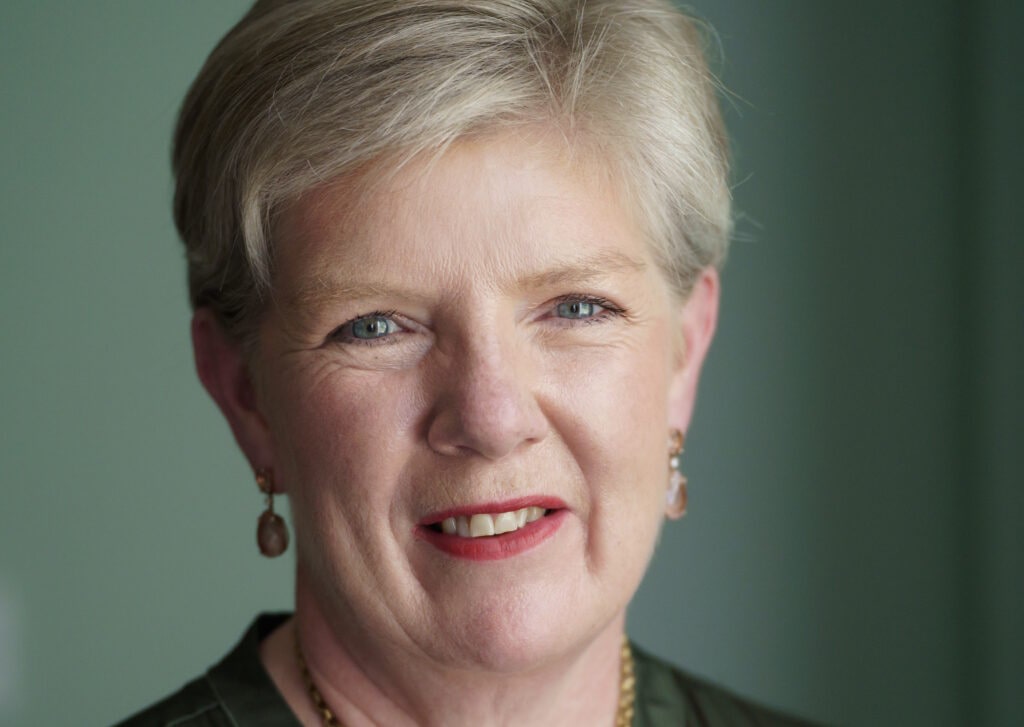
Once a philanthropist commits to thinking about their philanthropy as a long-term activity, they need to decide which giving vehicle to use.
This vehicle will support them to ring-fence their money for charitable purposes and help manage its distribution and the involvement of family members.
Foundations
The traditional option has been setting up a foundation.
This is a regulated charity set up for public benefit, which makes grants in support of the chosen cause areas. It remains a popular model with almost three quarters of global foundations being set up in the last 25 years (1).
The main downside is that it involves time, effort and some costs to administer because it involves setting up a legal entity that needs to report on its activity and comply with certain standards.
Donor-Advised Funds (DAFs)
The Donor-Advised Fund or DAF has become popular as a less time-consuming alternative.
The funds in a DAF are still committed to be used for public benefit but the DAF provider takes on the administrative burden. DAFs have been criticised because the money can sit in the fund and not be spent and so the donor can gain from the tax incentive before any money reaches a charitable cause.
However, they are also seen as an accessible mechanism that encourages giving and can certainly help a donor to act on their intention to be philanthropic whilst they work out exactly how they will give.
DAFs have increased in popularity over the last decade and there are many UK providers including Stewardship, Prism, CAF and NPT-UK.

Community Foundations
In this interview, we spoke to Rosemary Macdonald (pictured right), CEO of UK Community Foundations, about the role of Community Foundations as providers of giving vehicles for philanthropists.
We asked her to explain what Community Foundations are and the benefits to donors of giving through them.
What is a Community Foundation?
Rosemary: Community Foundations cover every postcode in the UK.
They are based in a particular geographical area – a county, a city or, in the case of Scotland, Wales and Northern Ireland, a country.
Community Foundations build an endowment from lots of different funders and use this as a sustainable source of funding to distribute grants locally.
They mainly support the smaller, grassroots charities in their area such as a Scout troop, older people’s lunch club or bereavement counselling service.
Community Foundations also play an important role in encouraging philanthropy locally; providing insight on local needs; and take a convening role in bringing the statutory, private and statutory sectors together to address long-standing issues such as knife crime or poverty.
Our role is to find the balance between the funders and the needs of the community – we sit in the middle as the translator and advisor to both, which is a unique position to be in.
What giving vehicles do Community Foundations offer?
Rosemary: There are three main ways we work with donors:
1. Named Funds – this is what we call DAFs. For those giving above a certain level, we offer a bespoke fund where they can give to the issues they care about. When donors set up a fund they get a fund agreement which sets out how the funds should be directed, reporting requirements and contribution to costs.
The Community Foundation manages the grant process, carrying out the due diligence on the groups supported to make sure they are the right fit and doing the right thing. The level of engagement varies with some donors wanting to see the applications and deciding which groups they want their funds to go to.
2. Pooled funds – This enables donors to combine their funds with others to address a particular issue such as young people, the arts, or a specific geography.
3. Flow-through funds – This is where a donor wants their money to be used immediately, often in response to a local appeal such as funds to support those affected by the cost-of-living crisis.
What is the benefit to the philanthropist of giving through a Community Foundation?
Rosemary: If a donor wants to make a real difference in a specific geography then they will find the best quality of advice from their Community Foundation.
They will have access to groups they would never come across who are doing amazing things in communities. We provide insight and understanding to make sure their funds go to the right people and places.
Giving through a Community Foundation is a much simpler option for those who want to do something but don’t want the hassle of setting up a new charity.
The donor does not have to worry about the governance or the reporting. We handle the financial side of things and the grant-making.
What changes have you seen?
Rosemary: A positive change is that donors are much more willing to think about unrestricted gifts and trust the groups they are funding to know how best to use this money.
Another change I have seen is that people want things to happen quickly. Because we have had so many crises (Covid, the floods, cost-of-living), donors seem to want to get their money out the door very quickly.
This has had a negative impact on Community Foundations’ ability to build their endowments. It is vital that Community Foundations have these endowments to provide long-term sustainability.
Most of the issues in communities are not going to be solved in three years.
Having an endowment enables more strategic grant-making where we can support longer-term solutions. We can fund groups for longer periods and give them the stability they need to do their job.
Groups will have a greater impact on people’s lives if they are not constantly worrying where their next funding is going to come from. We need donors to think about investing over the longer-term.
(1) Global Philanthropy Report
With thanks to Rosemary Macdonald, CEO, UK Community Foundations